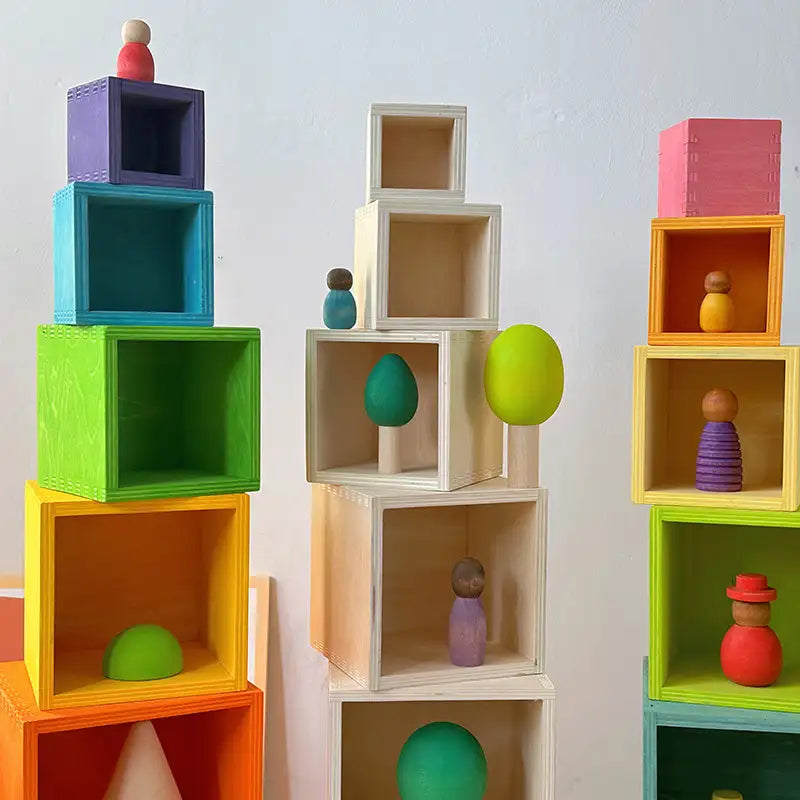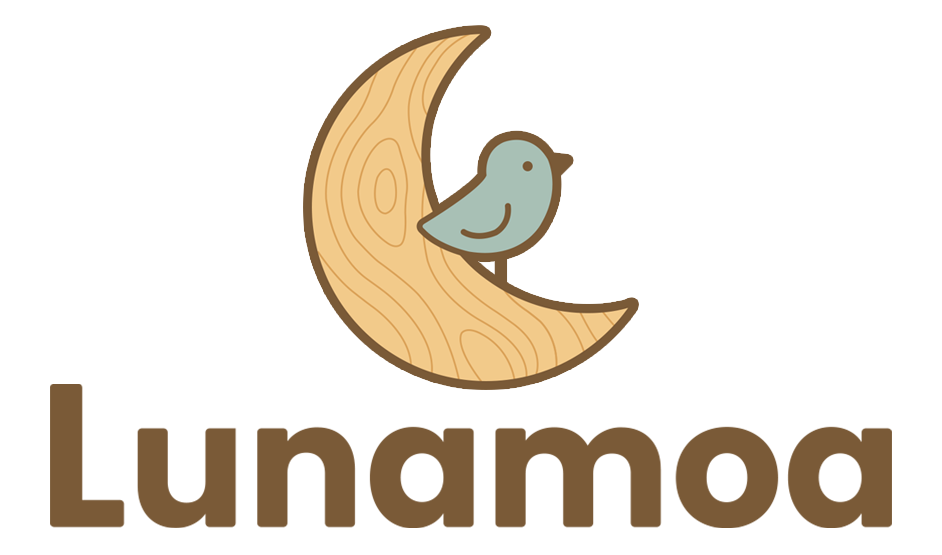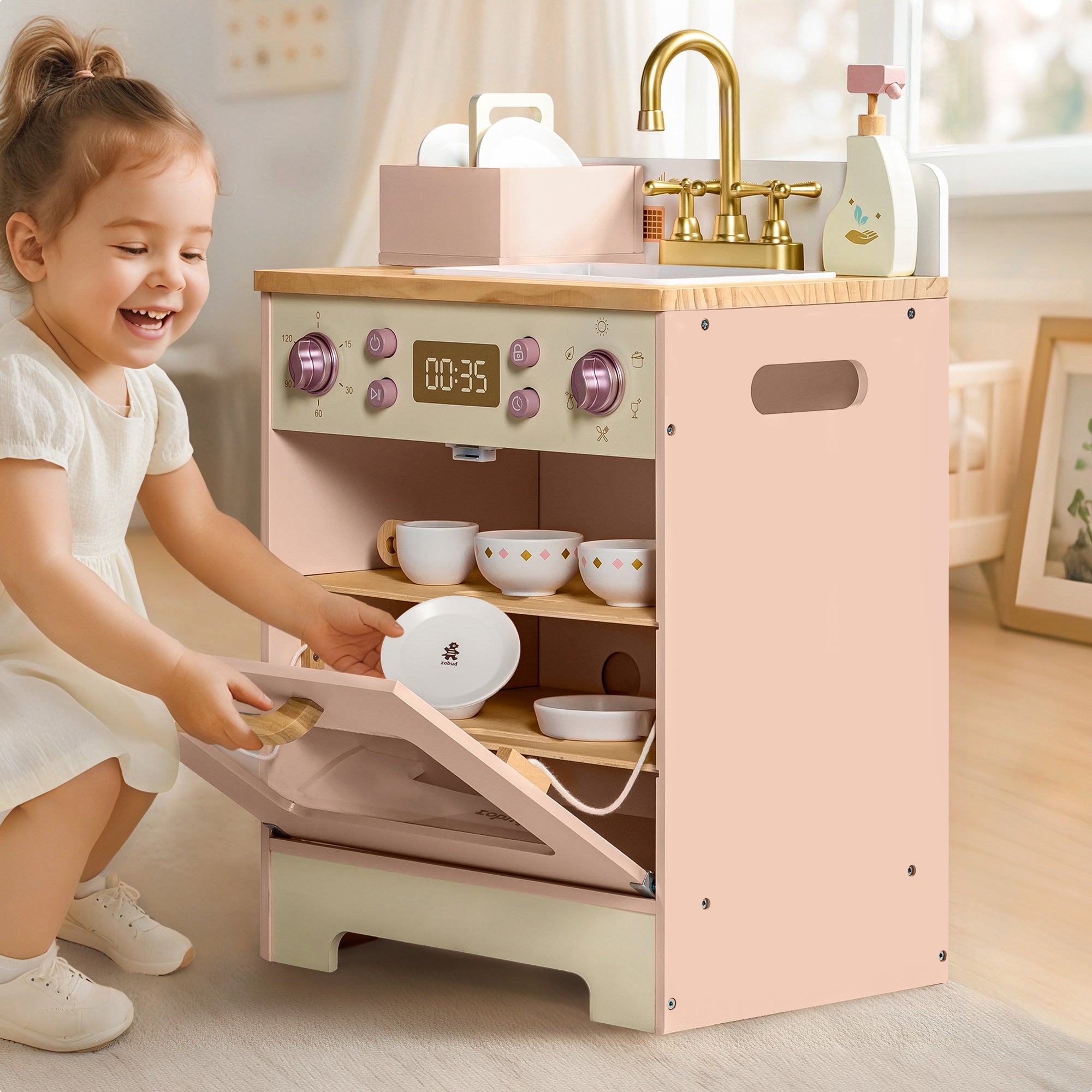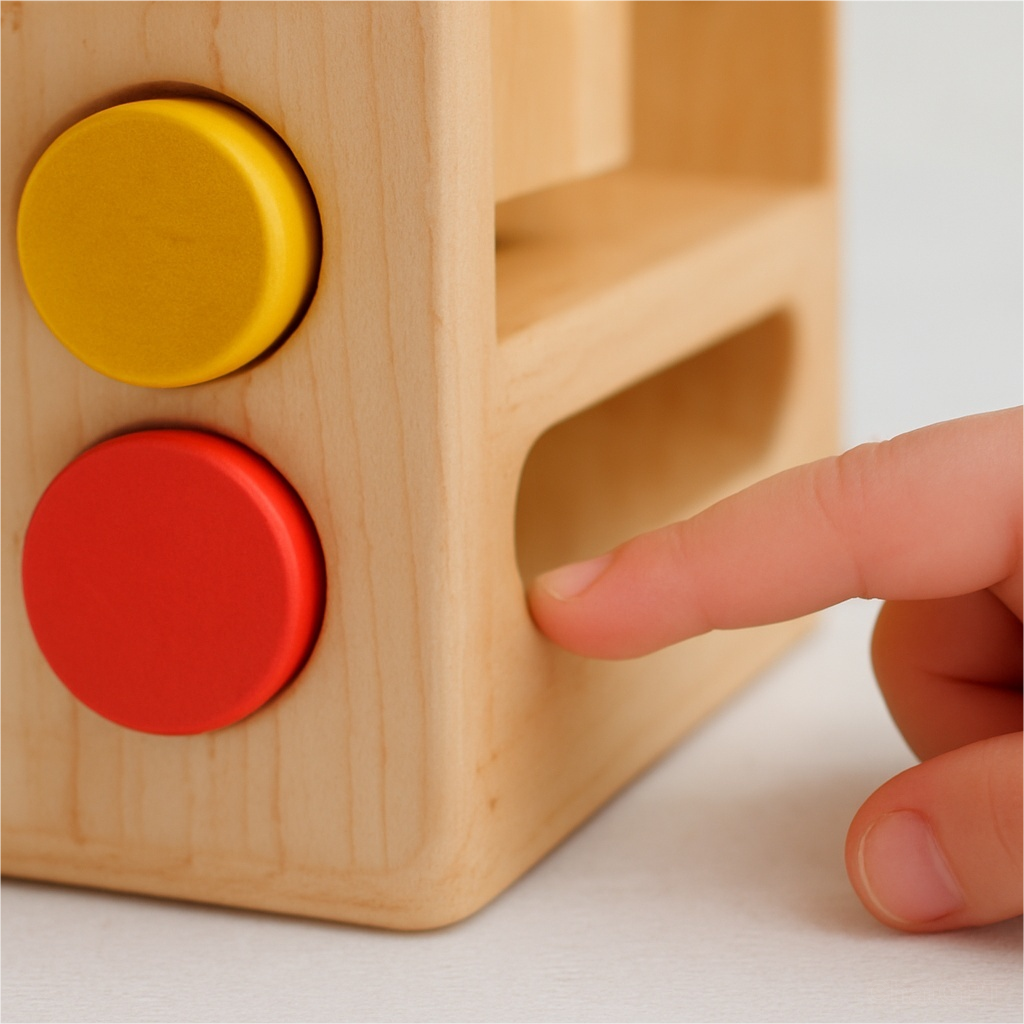
Sensory & Montessori Wooden Play: Nurturing Curious Minds Through Hands-On Learning
Introduction
The world of children’s toys is crowded with plastic gadgets, flashing lights, and loud sounds. Yet more parents are now returning to Montessori wooden toys—simple, beautiful, and deeply educational. These toys are designed to fuel curiosity, develop fine motor skills, and provide meaningful sensory experiences for toddlers.
In this article, we’ll explore how sensory wooden toys and open-ended wooden toys can transform your child’s development, why they align with the Montessori philosophy, and which types are worth adding to your playroom.

What Makes Montessori Wooden Toys So Special?
Montessori wooden toys are intentionally simple in design. Instead of distracting sounds or automated actions, they invite children to manipulate, explore, and discover.
Key characteristics:
-
Made from natural materials like solid wood
-
Minimal or neutral colors to avoid overstimulation
-
Durable and safe (often FSC-certified, non-toxic)
-
Encourage self-directed, hands-on play
This simplicity promotes focus, problem-solving, and independence, which are central to Montessori education.
The Power of Sensory Play
Why Sensory Wooden Toys Matter
Sensory wooden toys stimulate touch, sight, sound (through gentle tapping or clinking), and even smell (natural wood scent). This multi-sensory experience builds neural connections and helps toddlers understand cause and effect.
Examples of sensory toys:
-
Wooden busy board with latches, switches, zippers
-
Wooden stacking toys with various shapes and textures
-
Toddler wooden puzzles with chunky knobs for grasping
These toys develop fine motor skills, hand-eye coordination, and concentration, which are crucial in early childhood.

Open-Ended Wooden Toys Inspire Imagination
Unlike toys that have one “correct” way to play, open-ended wooden toys can become anything your child imagines. A set of wooden blocks can be towers, bridges, cars, or animals. This freedom fosters creativity, storytelling, and cognitive flexibility.
Why open-ended play matters:
-
Builds problem-solving skills
-
Encourages cooperative play
-
Promotes independence and decision-making
This is why Montessori classrooms and Waldorf wooden toys emphasize open-ended materials as a foundation for learning.
Creating a Montessori Toy Shelf at Home
Montessori toy shelf setups are trending on social media for good reason—they encourage independence and order. Instead of overflowing bins, toys are displayed beautifully on low shelves, with just a few items available at a time.
Tips to build your shelf:
-
Rotate toys weekly to keep interest high
-
Arrange toys from simple (stackers) to complex (puzzles)
-
Use natural baskets or trays to present each toy
-
Include both educational wooden toys and creative materials (art, books)
This setup empowers your child to choose, play, and clean up independently.

Recommended Montessori Wooden Toys for Your Home
Here are some popular types of Montessori wooden toys you can consider for your playroom:
-
Wooden stacking toys – Improve balance, coordination, and spatial awareness
-
Wooden busy board – Build problem-solving and fine motor skills
-
Toddler wooden puzzles – Support logic, memory, and shape recognition
-
Waldorf wooden toys – Encourage imaginative storytelling and open-ended play
-
Educational wooden toys – Alphabet blocks, number trays, shape sorters
💡 Explore our curated Montessori collection here — each toy is made from sustainably sourced wood, finished with non-toxic paint, and designed for years of learning through play.

FAQ
Q: Are Montessori wooden toys safe for babies?
Yes. Most are made from non-toxic, BPA-free materials and have smooth, rounded edges. Always check age recommendations and supervise younger babies.
Q: How many toys should be on a Montessori toy shelf?
Typically 6–8 toys. Fewer options help children focus and avoid overstimulation.
Q: What’s the difference between Montessori and Waldorf wooden toys?
Montessori toys are often realistic and skill-focused, while Waldorf toys are more abstract and imaginative. Both promote open-ended play.
Q: How often should I rotate the toys?
Every 1–2 weeks. Rotate when your child loses interest in certain items.



Leave a comment
This site is protected by hCaptcha and the hCaptcha Privacy Policy and Terms of Service apply.